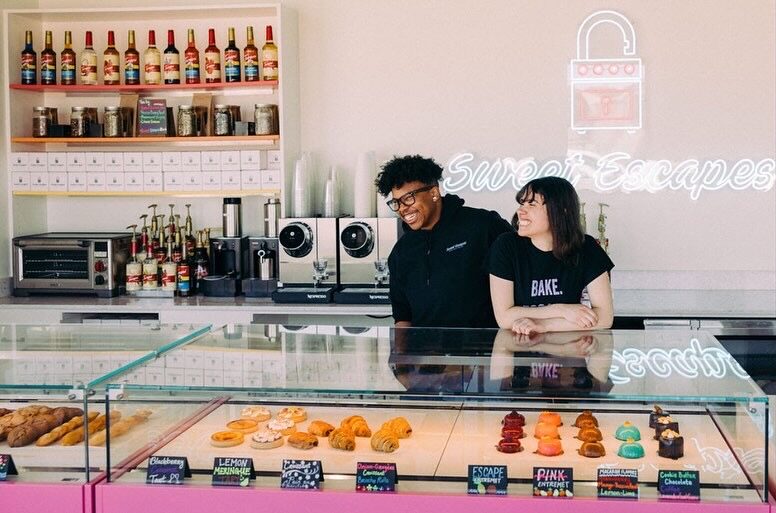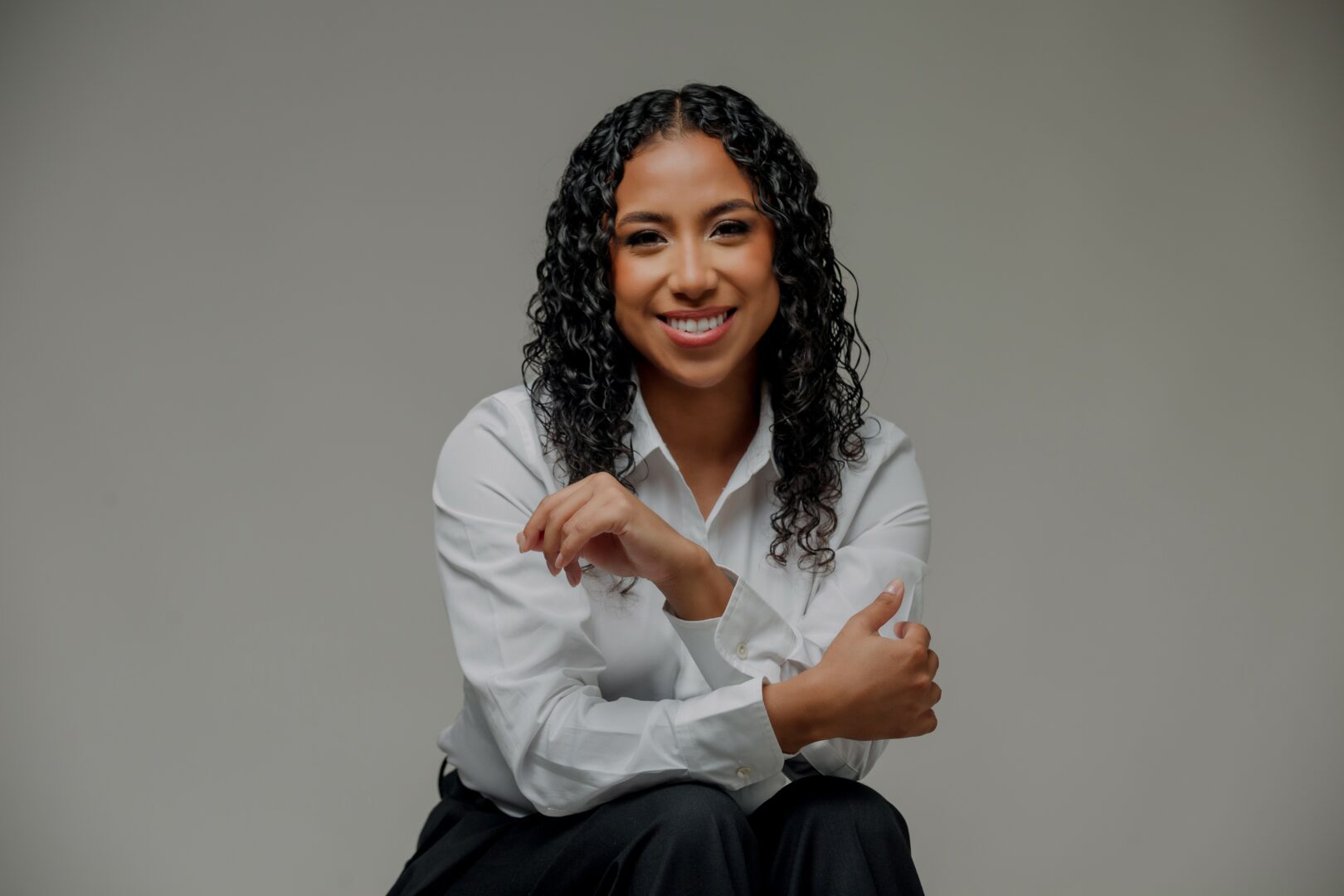We caught up with the brilliant and insightful Jesse Leaman a few weeks ago and have shared our conversation below.
Hi Jesse , thank you so much for joining us today. There are so many topics we could discuss, but perhaps one of the most relevant is empathy because it’s at the core of great leadership and so we’d love to hear about how you developed your empathy?
One cold night in the winter of 1996, after a blizzard dumped feet of snow in the Pocono mountains of Pennsylvania, I made a big mistake that nearly ended my life. I attempted a flip from my porch into the fresh powder, but I over rotated and landed head first on a patch of ice. Instantly my neck was broken, and I was paralyzed from the shoulders down. After 3 weeks of intensive care and 10 weeks of rehab I could breathe and talk, but I would need help with most of my daily living activities for the rest of my life. From that time on I been able to relate to anybody experiencing challenges that amount to disadvantages in the pursuit of a fulfilling life.

Great, so let’s take a few minutes and cover your story. What should folks know about you and what you do?
After the accident that resulted in me not being able to use my arms and legs, my first dream of becoming a marine scientist and working with the Navy to monitor rising sea levels, had been shattered just like the fourth vertebrae in my neck. I made my first pivot after reading Stephan Hawking’s Brief History of Time, and I realized theoretical physics was something you can still do with quadriplegia.
Twelve years later, I had a PhD in Astrophysics and was a post-doctoral fellow in Space science at NASA’s Ames Research Center. I decided I wanted to use my training to design technology that makes life easier, helping people with disabilities become more productive, which boosts their confidence and reduces the load on their caregivers. My scientific articles on smart wheelchairs and autonomous robotic wheelchairs have received critical praise at advanced Human factors and ergonomics conferences in Florida, France, and Vietnam. I wrote an autobiography detailing the journey I took from fallen high school athlete to NASA trained scientist contributing to the evolution of mankind.
Five years ago, I started the nonprofit Gryphon Foundation for People with Disadvantages, to raise awareness of all the technological solutions that exist and help make them available for people experiencing socioeconomic hardship in conjunction with a disability. I wrote a science fiction novella in which I suggest several solutions to achieve universal access to future social activities, reduce the negative impact of climate change, and deal with the inevitable tide of refugees trying to leave their flooded or destroyed homes. .
Now that my recipe for AI-enhanced assistive technology is being made around the world, I can focus on my next challenge.
I’m currently designing solutions that will open Space up for colonizing by small businesses, scientific institutions, and even small families of homesteading pioneers. Based on simulations confirmed by peers at the University of Nevada and Clemson University, the journey will take about a week and travelers will experience a relatively low maximum G-force, so most people can make the trip, even someone like me.
Once on the Moon, travelers can explore the low-G environment, while an autonomous vehicle is sucking up lunar dust in order to extract the rare metals that can be used in electronics and wind turbines back on earth. This promise of wealth will pay for the expense of the fuel and the rental fee for the vessel which will drive a rush of adventurers to take the risk. Our success is linked to the mass production of engines, fuel tanks, heat shield tiles, and parachutes. Companies like SpaceX and BlueOrigin are therefore potential partners. I want to use one of the dozens of vessels our robotic factory will produce every month, to be the first person with my level of disability to visit the Moon.

If you had to pick three qualities that are most important to develop, which three would you say matter most?
After I nearly lost my life at the tender age of 18, I vowed to make the most of my second chance at life, and I became more determined than ever to maximize my potential as a human being. Over the last 28 years I have learned that the optimal approach to living with paralysis is to live in a state that is either humble, faithful, or thankful. I learned: 1) the humility to ask for what I need, 2) the patience to wait for the help, and 3) to express gratitude when I eventually receive the help I needed.
During my time at NASA I learned how to think outside the box, and I saw firsthand how a team of dedicated humans can accomplish the seemingly impossible. I was also shown the value of perseverance over the many years that it sometimes takes to build and use space-based technology.
These days I seek out the challenges that take so much time and persistence to complete that most others would view them as too daunting to even try. If you are willing to work hard enough, there is a way to make a meaningful contribution to society, If you live to positively impact your environment and the people around you, you will minimize energy wasted on regret because you always know you have given your best. Be mindful of the journey as you gradually reach your destination.

Okay, so before we go we always love to ask if you are looking for folks to partner or collaborate with?
I’m very interested in finding partners to collaborate on the:
1) Awareness on Campus Tour:
a) demonstrate my wheelchair upgrades to students
b) recruit students to work on their own assistive technology
c) report when locations or events are not accessible
d) edit reports into a documentary of the world from a smart wheelchair’s POV
2) Space technology to colonize the Moon.
a) sourcing affordable building materials
b) access to mass produced components
c) programming the navigation systems and running simulations
d) establishment of services that help deploy, maintain, and retrieve vessels for refurbishment
Contact Info:
- Website: http://gryphonfoundation.org
- Linkedin: https://www.linkedin.com/in/jfleaman/
- Youtube: https://www.youtube.com/@ACCESSReports




Image Credits
The images 1-4 were captured by Rick Leaman. Image 5 was captured by Heather Hall. The sixth image is the with permission from Rick Leaman. Image 7 was created by Jesse Leaman.
so if you or someone you know deserves recognition please let us know here.




